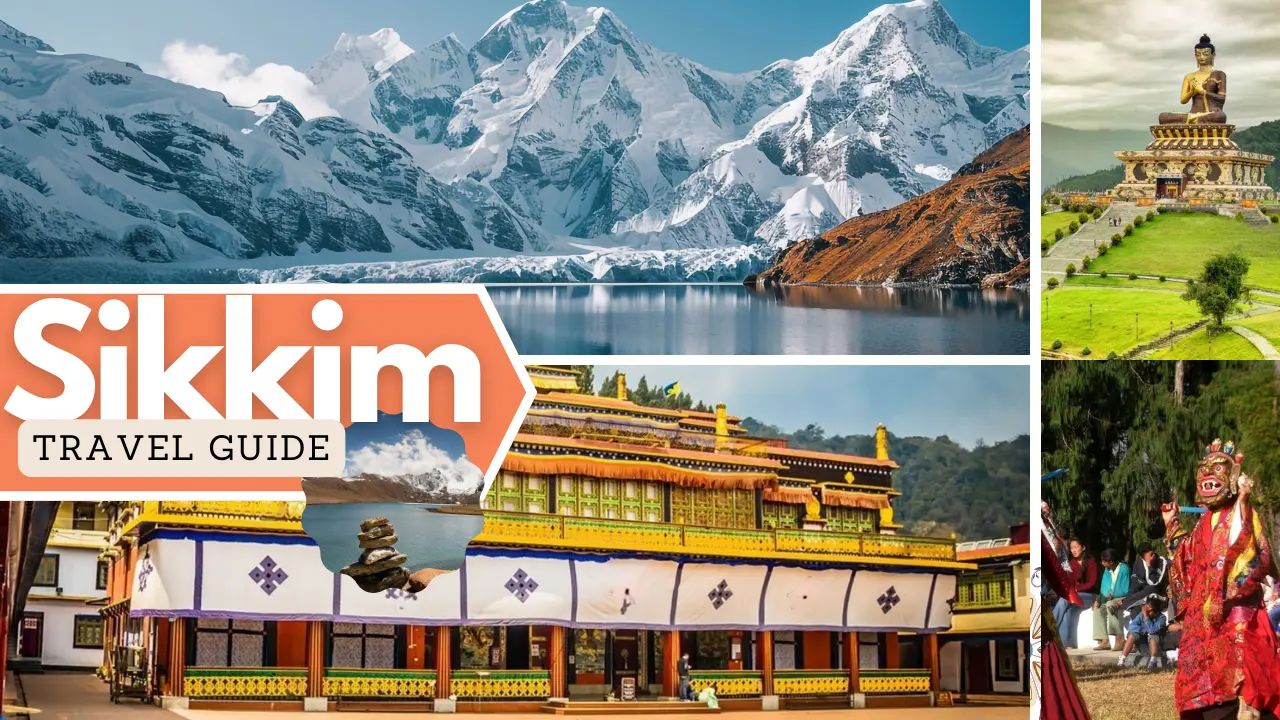Start your Sikkim adventure! Discover a vibrant world of stunning mountains, friendly locals, and hidden gems. Xplro.com invites you to explore every corner, from bustling markets to peaceful villages. Hike through forests, climb snowy peaks, and taste delicious local food. Unforgettable experiences await around every bend – what will you discover in Sikkim?
How to Reach:
By Air:
- Pakyong Airport (PKY): This airport, situated roughly 34 kilometers from Gangtok, the capital city, caters to domestic flights primarily from Kolkata, Delhi, and Guwahati.
- Bagdogra Airport (IXB): Located in West Bengal, Bagdogra lies approximately 124 kilometers away from Gangtok and boasts excellent connectivity to major Indian cities. Taxis and shared cabs readily connect Bagdogra to Gangtok, with a travel time of around 4-5 hours.
By Train:
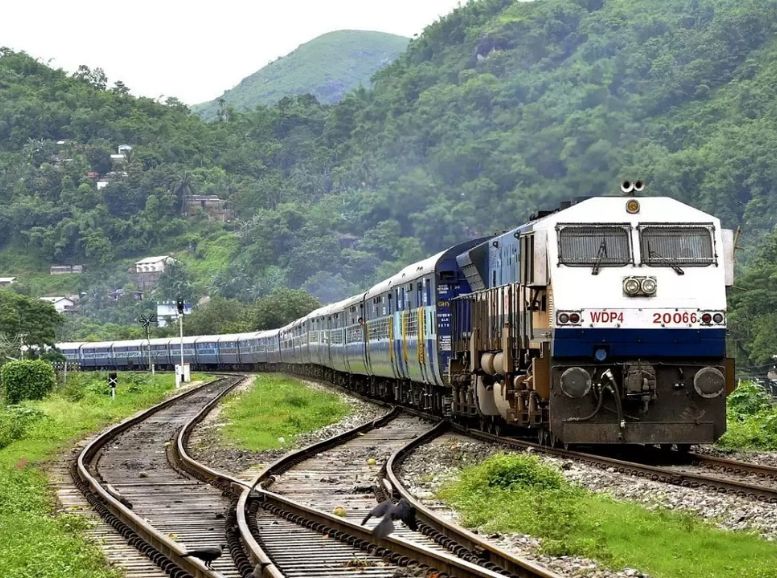
- Sikkim lacks its own railway stations. The closest major options are New Jalpaiguri (NJP) and Siliguri in West Bengal, both roughly 125 kilometers from Gangtok. These stations offer good connections to various Indian cities. Taxis and shared cabs are available for onward travel to Gangtok.
By Road:
- Sikkim enjoys good road connectivity with other parts of the country. National Highway 31A serves as the state’s primary artery, linking Gangtok to Siliguri. Buses and car rentals provide convenient options for reaching Sikkim.
- Sikkim Nationalized Transport (SNT) operates fixed-fare buses between Siliguri and Gangtok. Additionally, private taxis and shared cabs connect Siliguri, New Jalpaiguri, and Bagdogra to Gangtok.
Best time to Visit:
Spring (March to May):
This is considered the peak season, offering pleasant weather with average temperatures ranging from 15°C to 25°C. Spring is ideal for sightseeing, trekking, and enjoying the vibrant blooms of rhododendrons and orchids.
Summer (June to August):
The monsoon season brings lush greenery and occasional landslides. While some may not prefer the rain, it’s a good time to visit if you enjoy fewer crowds and lower prices.
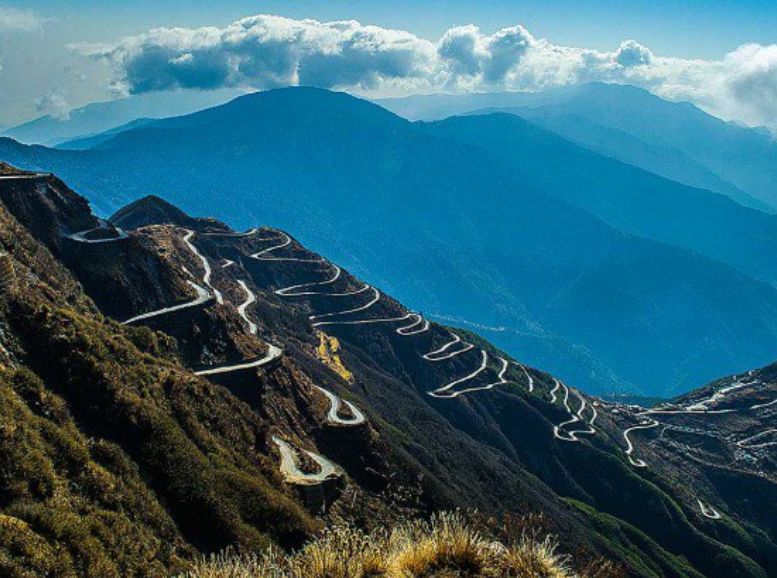
Autumn (September to November):
This season offers clear skies, comfortable temperatures, and stunning views of the snow-capped mountains. It’s a great time for trekking and outdoor activities.
Winter (December to February):
The higher reaches experience snowfall, transforming the landscape into a winter wonderland. However, some roads might be closed due to heavy snowfall, and temperatures can drop significantly.
Attractions:
Yumthang Valley:
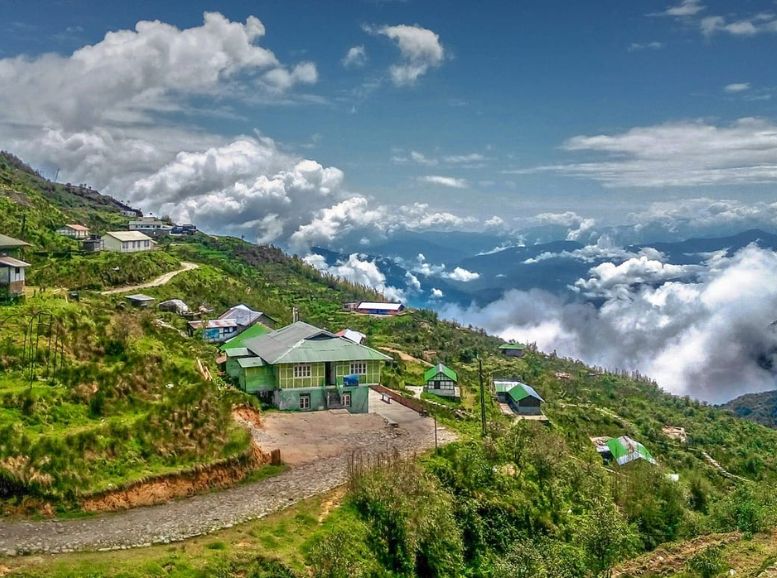
Nicknamed the “Valley of Flowers,” Yumthang Valley comes alive with a vibrant tapestry of blooming rhododendrons, primulas, and other wildflowers during spring (March to May). Witness the valley blanketed in a kaleidoscope of colors and breathe in the fresh mountain air.
Kanchenjunga National Park:
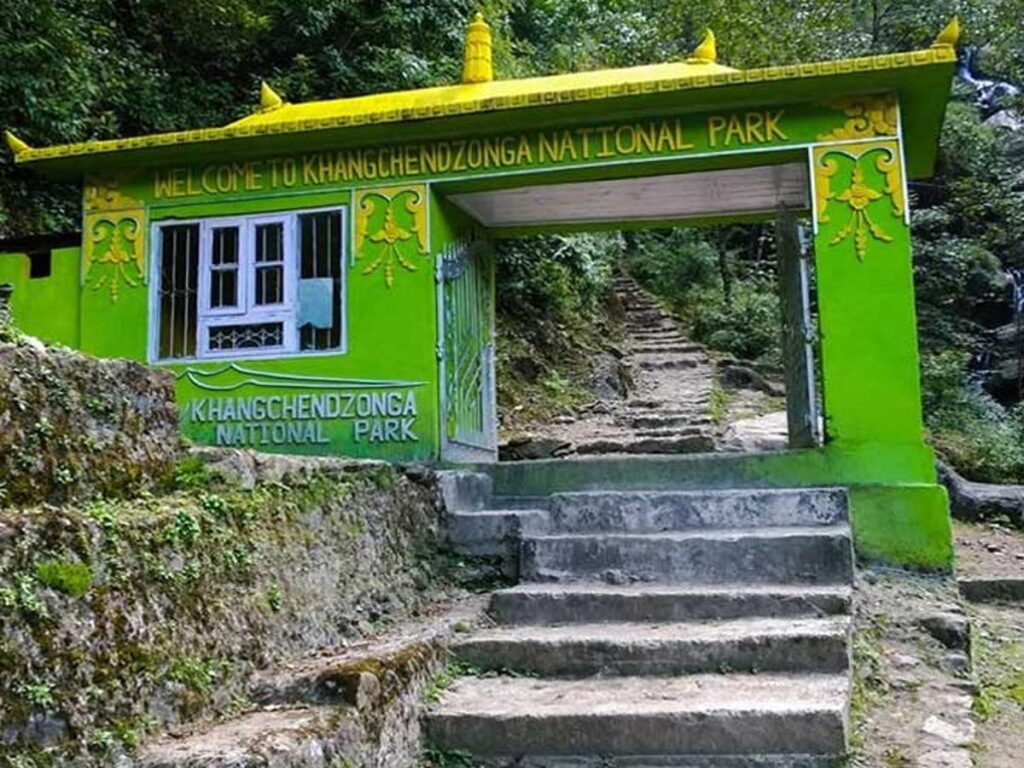
Home to the world’s third-highest peak, Mount Kanchenjunga, this park boasts diverse flora and fauna, including elusive snow leopards, playful red pandas, and a symphony of bird species. Embark on a wildlife safari, trek through the verdant forests, or simply soak in the majesty of the Himalayas.
Tsomgo Lake: Sikkim
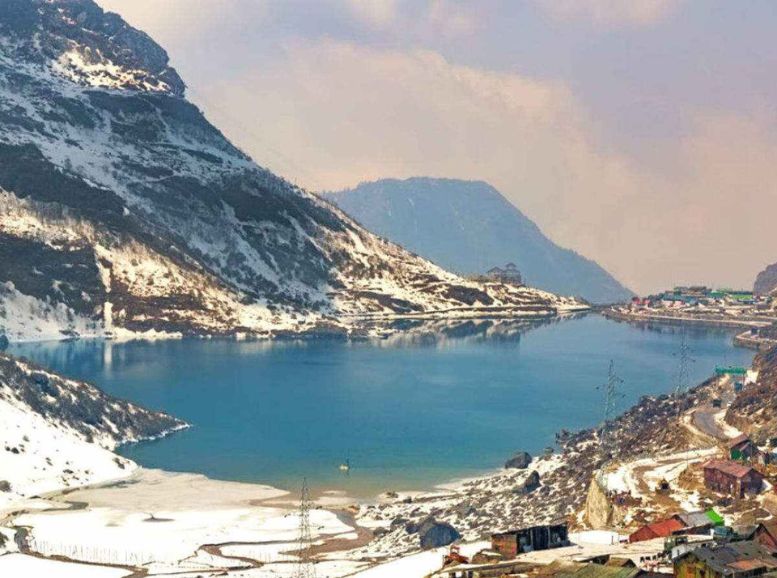
This glacial lake, perched at a staggering altitude of 12,400 feet, is a sacred site for the Bhutia people. The lake’s color changes with the seasons, reflecting the vibrant hues of the sky. During winter, witness the captivating sight of the lake frozen amidst snow-capped mountains.
Rumtek Monastery:
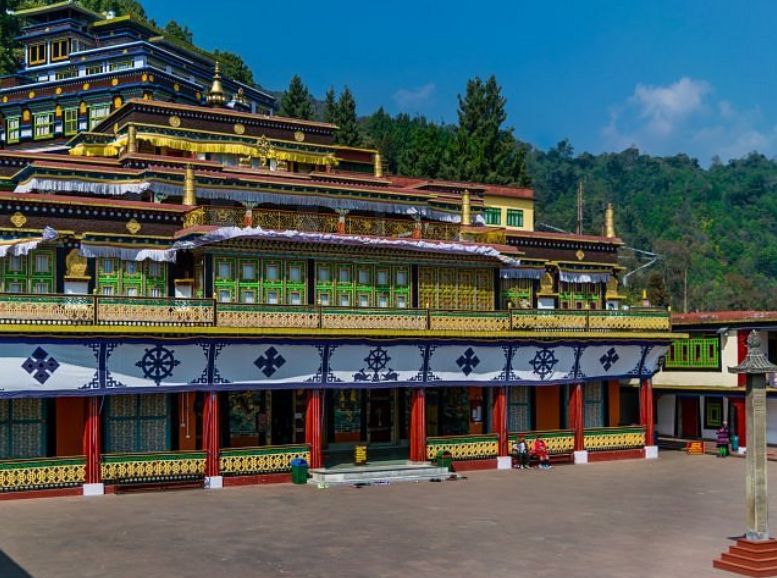
The largest monastery in Sikkim, Rumtek Monastery is a significant center for Tibetan Buddhism. Witness monks clad in maroon robes engaged in their daily rituals and explore the intricate architecture adorned with colorful prayer flags. Immerse yourself in the serene atmosphere and learn about the rich tapestry of Tibetan Buddhist traditions.
Enchey Monastery:
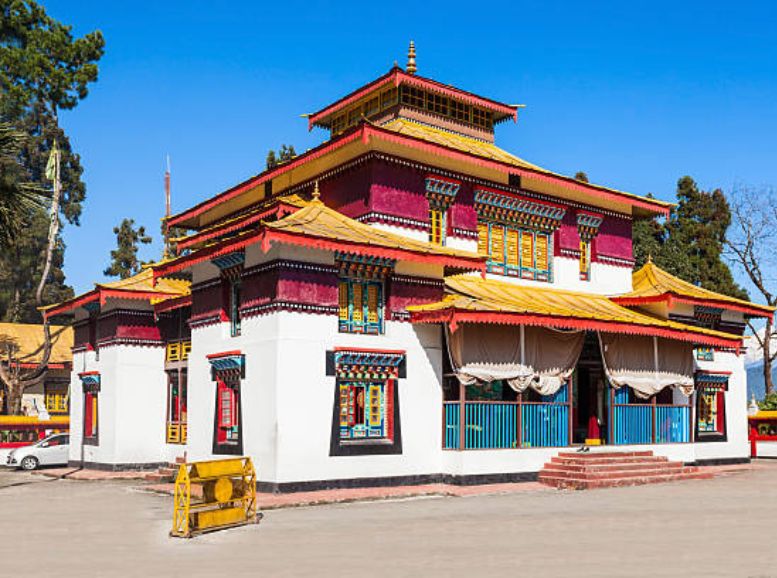
Perched atop a hill overlooking Gangtok, Enchey Monastery offers panoramic views of the city and surrounding mountains. The monastery houses a collection of ancient Buddhist scriptures and artifacts, each whispering tales of Sikkim’s cultural heritage.
Do Drul Chorten:
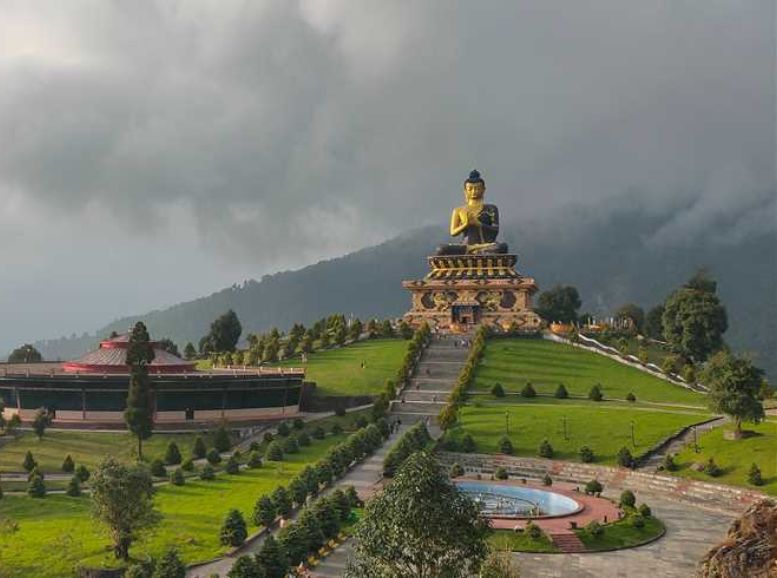
This stupa, located in Gangtok, is a popular pilgrimage site for Buddhists. The stupa enshrines relics of the Buddha and offers a peaceful atmosphere for reflection. Take a moment to spin the prayer wheels and experience the tranquility that envelops this sacred space.
MG Marg:
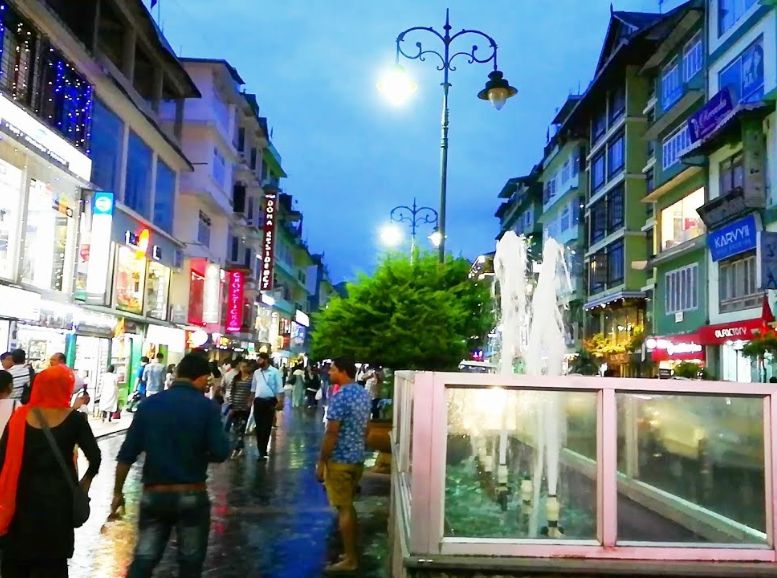
The heart of Gangtok, MG Marg is a pedestrian-only mall lined with shops, restaurants, and cafes. Take a leisurely stroll, indulge in local delicacies, browse through unique souvenirs, and soak in the vibrant atmosphere of this bustling hub.
Nathula Pass:
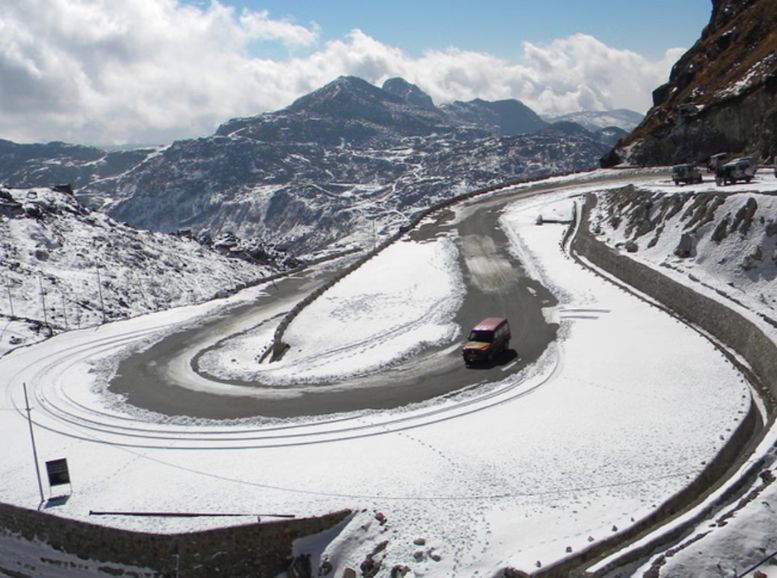
This mountain pass, located on the border between India and China, is a popular tourist destination. Experience the unique blend of Indian and Tibetan cultures, witness the vibrant trading scene at the border, and capture breathtaking views of the snow-capped peaks that straddle the two countries.
Pelling:
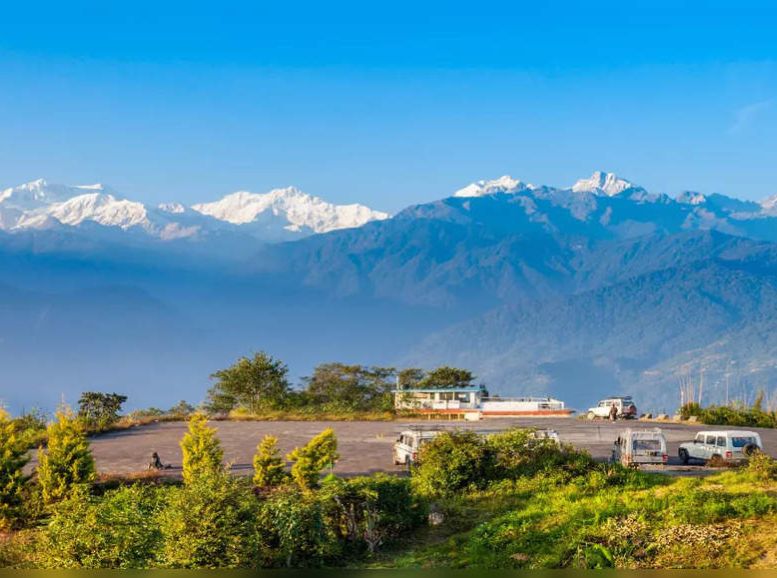
This charming hill station offers stunning views of the Kanchenjunga range, cultural landmarks, and a relaxed atmosphere. Explore the Pemayangtse Monastery, one of the oldest monasteries in Sikkim, or witness the mesmerizing sight of prayer flags fluttering in the wind at the Sanga Choeling Monastery.
Khecheopalri Lake:
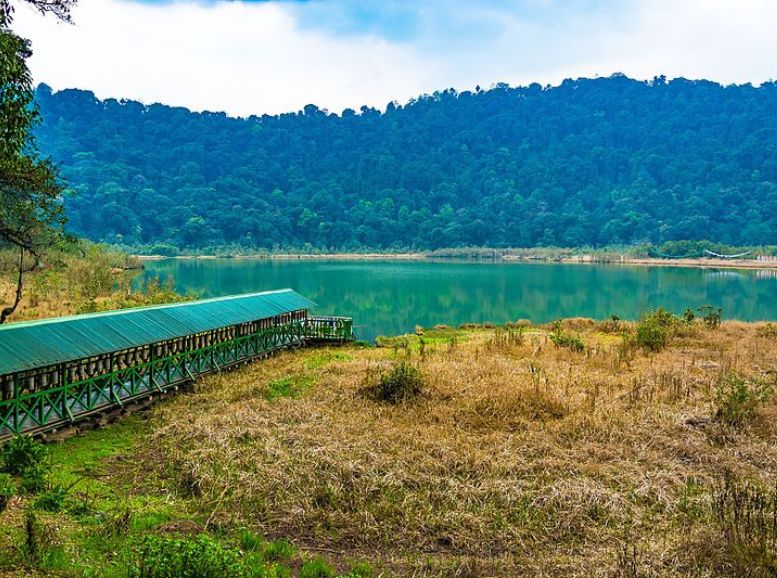
This sacred lake, located in West Sikkim, is believed to fulfill wishes. Hike to the serene lake nestled amidst lush greenery, and experience the tranquility of this spiritual site.
Gurudongmar Lake:
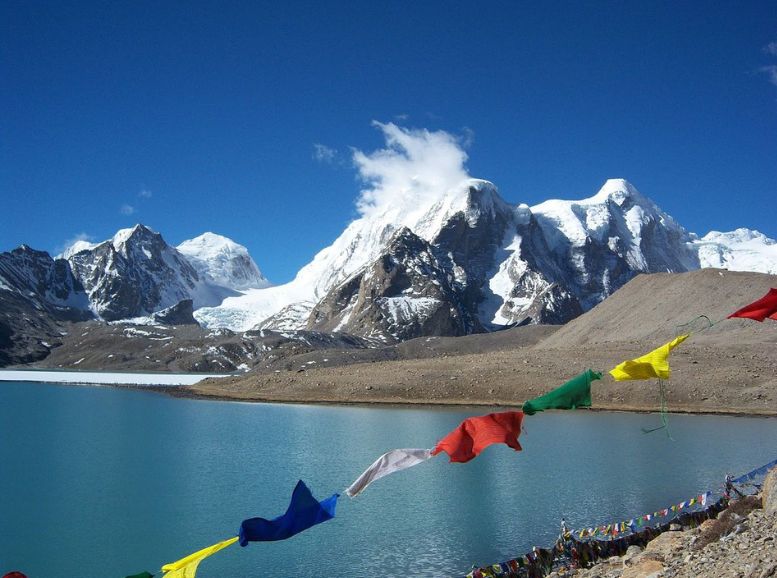
Gurudongmar Lake shimmers like a turquoise jewel at an elevation of over 17,800 feet. This glacial lake, considered sacred by Buddhists, Sikhs, and Hindus, holds a special place in the hearts of many. Legend says Guru Padmasambhava, the founder of Tibetan Buddhism, visited the region in the 8th century, and his blessings ensured the lake wouldn’t freeze completely, even during the harsh winters.
Yuksom:
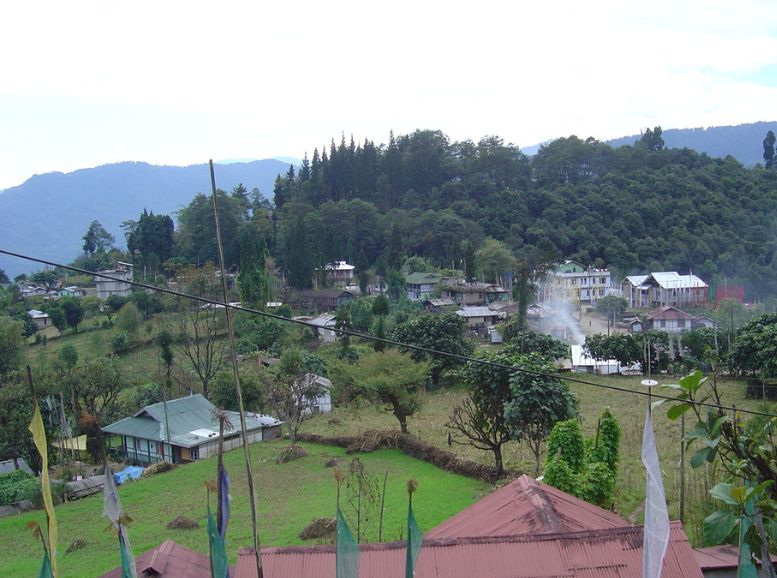
Yuksom, nestled in the West Sikkim district, is a historical gem adorned with natural beauty. Once the first capital of Sikkim, established in 1642, it whispers tales of a bygone era. Today, Yuksom beckons travelers seeking tranquility, adventure, and a glimpse into the heart of Sikkimese culture.
Beyond Sightseeing
Yoga and Meditation Retreat:
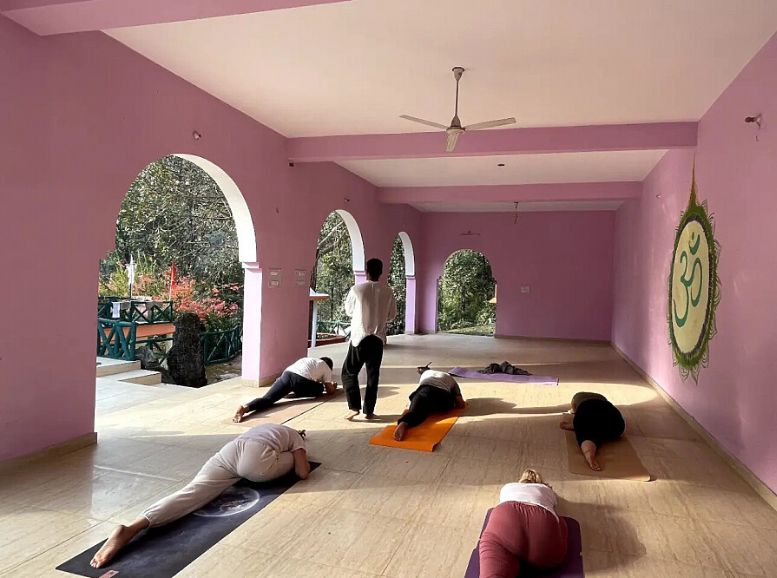
Escape the daily grind and rejuvenate in the serenity of the Himalayas. Attend a yoga and meditation retreat, surrounded by breathtaking landscapes. Practice postures, breathing exercises, and mindfulness under the guidance of experienced instructors. Find inner peace and reconnect with yourself amidst the tranquil mountains.pen_spark.
Learn a Traditional Dance:
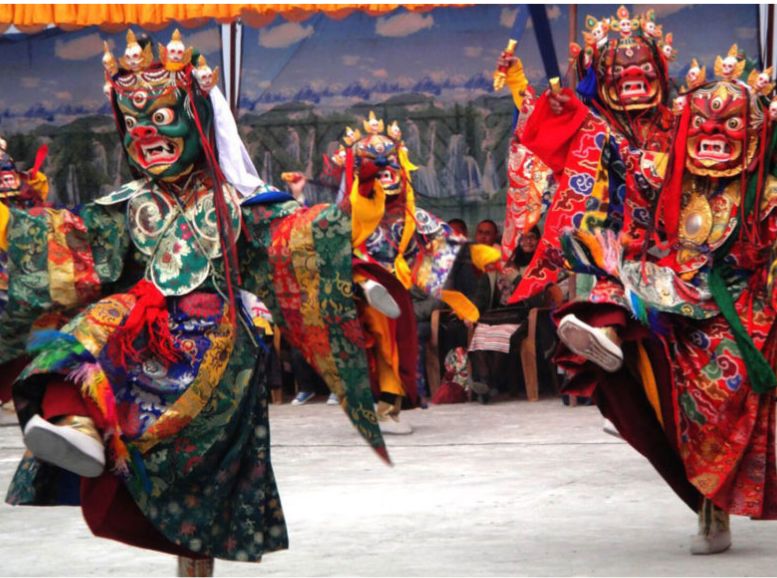
Immerse yourself in the vibrant culture of Sikkim by learning a traditional dance form. Whether it’s the energetic “cham” masked dances performed in festivals or the graceful “chukshi” dance depicting daily life, discover the stories and emotions woven into these movements.
Explore Local Cuisine:
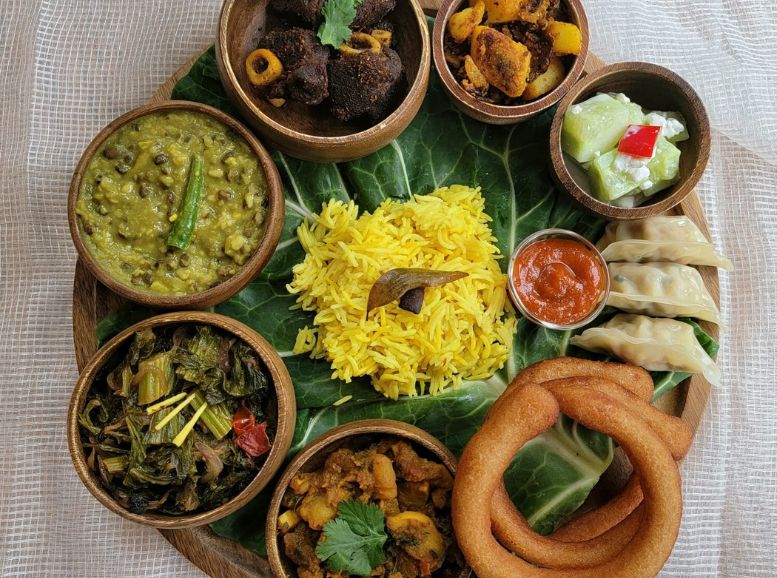
Go beyond restaurant menus and delve deeper into the culinary world of Sikkim. Take a food tour to local markets, sample street food, and learn about the unique ingredients and cooking techniques used in Sikkimese cuisine. Prepare a traditional dish alongside a local family, savoring the flavors and appreciating the cultural significance of each ingredient.
Hike to Hidden Waterfalls:

Venture beyond the usual tourist trails and embark on a hike to discover hidden waterfalls nestled within the lush Himalayan landscape. Listen to the cascading water, feel the cool mist on your face, and immerse yourself in the beauty and serenity of nature.
Local Experiences:
- Homestays: Submerge yourself in local ethos, residing with the affable Sikkimese families.
- Traditional Dance Performances: Partake in cultural revelry, witnessing the opulent heritage of Sikkim through dynamic dance forms.
- Yak Safari in Tsomgo: A sui generis odyssey, weaving through mesmerizing landscapes atop these placid giants.
- Festival Frenzy: Immerse yourself in the vibrant tapestry of Sikkimese culture by attending a local festival.
- Nature’s Embrace: Go beyond sightseeing and experience the raw beauty of nature.
- Craft Your Story: Learn a local craft and connect with the artistic heritage of Sikkim.
Food Delights:
Sikkim lays out a culinary mosaic catering to every palate. Culinary escapades include:
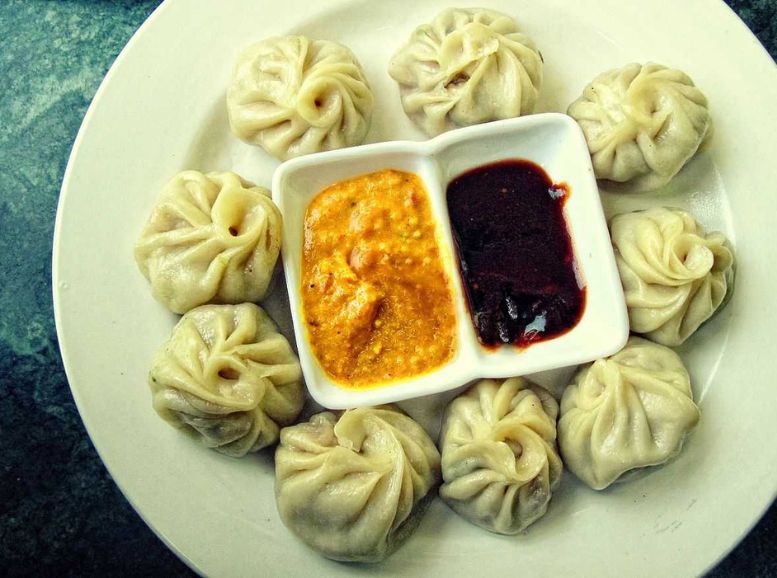
- Phagshapa: A gastronomic symphony of traditional pork, radishes, and dried chilies.
- Thukpa: A robust noodle soup, the epitome of warmth on nippy days.
- Momos: Relish these delectable dumplings in myriad forms, steamed or fried.
- Sel Roti:pen_spark: This unique ring-shaped flatbread is a popular street food in Sikkim.expand_more Made with rice flour, sugar, and cardamom, it’s deep-fried to a golden crisp.
Must-Try Local Experiences:
- Tea Tasting in Temi: Sip on steaming cups of some of the world’s best tea at the beautiful Temi Tea Garden
- Hot Springs in Yumthang Valley: Let the hot springs melt your worries away, surrounded by a snowy wonderland.
- Hike through verdant valleys: Breathe in the crisp mountain air and witness breathtaking scenery as you trek through trails carpeted with wildflowers.
- Stargazing under the clear Himalayan sky: Escape light pollution and witness the awe-inspiring spectacle of the Milky Way and countless constellations.
- Join a meditation retreat in a serene setting: Find inner peace and reconnect with yourself amidst the tranquility of the mountains.
Local Transportation:
Hopping in local taxis or buses (no fancy cars needed!), you can easily travel all over Sikkim’s wild landscapes. Wind through twisty mountain roads, spotting amazing views along the way. It’s best to book ahead during busy times, so you don’t have to wait to jump on board. Sure, the roads might get bumpy, but that’s all part of the fun! Every trip in Sikkim is an adventure you’ll never forget
Travel Tips:
- Local Etiquette: Be mindful! Respecting local customs is key to a great experience in Sikkim.
- Permit Requirements: Ensure requisite permits, particularly for bastions like Nathula Pass.
- Check currency exchange: Carry some Indian rupees (INR) in cash, as not all places, especially in remote areas, accept credit cards.
- Respect the culture: Dress modestly when visiting religious sites, be mindful of local customs and traditions, and ask permission before taking photos of people.
- Stay Hydrated: Navigating the altitudes demands a vigilant approach to hydration.
- Acclimate Slowly: Don’t forget your permission slip! You need one to visit special spots like Nathula Pass.
- Warm Clothing: Think cozy sweaters, jackets, and thermals – Sikkim gets chilly, especially at higher altitudes.
- Comfortable Hiking Boots: Sneakers might work for flatter areas, but if you’re planning any hikes, sturdier boots are a must.
- Rain Gear: Don’t worry, it’s part of the mountain charm! But a little waterproof protection can go a long way.
Safety tips:
- Adjust to High Altitudes Slowly: Give your body time to adjust to the thinner air at higher elevations.
- Pack for the Unexpected: Be prepared for sudden weather shifts by packing versatile clothing layers.
- Embrace Local Culture: Show respect for the customs and traditions of the mountain communities you visit.
- Permits for Restricted Areas: Secure any necessary permits before venturing into off-limit zones.
- Drive with Caution on Mountain Roads: Navigate winding mountain roads with care and awareness.
- Hydrate Wisely: Stick to bottled or purified water, and be cautious with street food to avoid illness.
- Be Prepared for Medical Needs: Pack any essential medications and consider travel insurance for unforeseen circumstances.
- Stay Informed: Keep yourself updated on local news and travel advisories for the region.
- Share Your Plans: Let a trusted contact know your intended route and timeline.
- Hire Experienced Guides: For trekking adventures, enlist the help of qualified guides and stick to marked trails.
Conclusion
As your Sikkim adventure wraps up, memories of stunning views, cultural encounters, and yummy treats linger. Xplro.com welcomes you to share your wonder-filled moments and connect with fellow travelers. Your Sikkim journey isn’t just a trip; it’s a story woven into the tapestry of brave explorers. Share your tales, tips, and discoveries in the comments below, inspiring future adventurers and lighting a fire for wanderlust in others. Bon Voyage! Xplro.com encourages you to keep exploring, spreading the love of travel and sharing your stories. Happy trails, adventurers!
FAQs
1. When’s the best time to visit Sikkim?
Spring or autumn offer pleasant weather, but spring can be crowded.
2. Do I need any special permits?
Yes, for certain areas like national parks and border regions.
3. What are the must-see places in Sikkim?
From the capital city to breathtaking valleys, Sikkim offers diverse experiences.
4. What kind of clothes should I pack?
Sikkim’s weather varies, so packing layers is key.
5. What local food should I try?
Sikkim’s cuisine is a delightful blend of influences.
6. How can I get around Sikkim?
Taxis, shared taxis, helicopters, or even self-drive.
7. Are there any local customs or traditions I should be aware of?
Respecting the culture is key.
8. What are some unique experiences I can have in Sikkim?
From homestays to meditation retreats, Sikkim offers various adventures.
9. Is Sikkim safe for solo travelers?
Sikkim is generally considered safe, but being cautious is always important.




